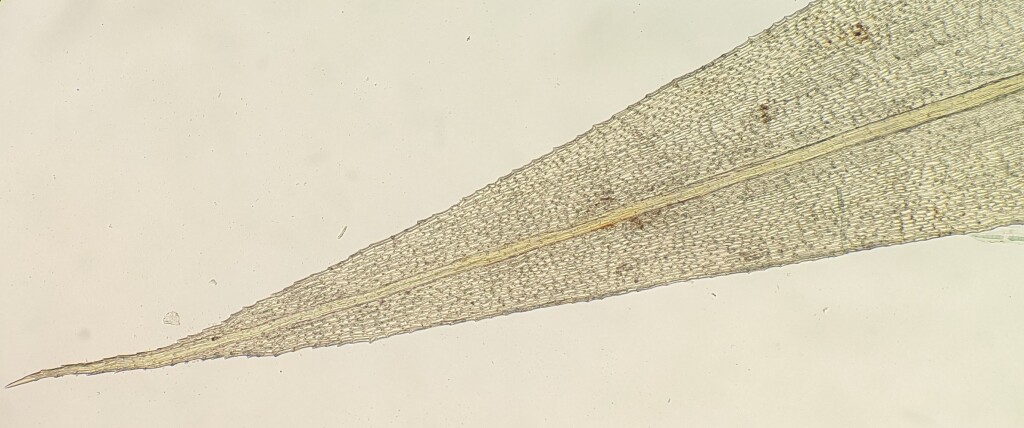Breutelia
Dioicous. Asexual propagules absent. Tufts or mats on soil and rock. Stems erect, ascending or creeping simple, irregularly and sparingly branched or often branching by innovation below the sporophyte, tomentose throughout or at least in basal half. Leaves ovate- to linear-lanceolate, not ranked, imbricate, erect to squarrose, sometimes with erect and appressed leaf base, scarcely altered, or becoming more erect, appressed or sometimes crisped or contorted when dry, plicate; apex acute to acuminate or rarely obtuse and apiculate (not in Victoria); costa percurrent or excurrent; margin denticulate to serrate, with single or double teeth, plane or recurved; laminal cells quadrate to linear, unistratose or with bistratose patches, prorate or occasionally almost smooth, usually becoming longer, often smooth and subquadrate to rectangular near base; alar cells usually differentiated, inflated and isodiametric or rectangular or scarcely differentiated, smooth. Capsule erect to pendent, symmetric or asymmetric, globose to ovoid when moist, ovoid, cylindric or urceolate and sulcate when dry, without an annulus. Operculum conic, with or without an umbo. Peristome double, single (not in Victoria) or absent (not in Victoria); endostome with segments a similar length or slightly shorter than exostome teeth, with a basal membrane c. a third the height of the exostome, occasionally rudimentary and adhering to exostome (not in Victoria); cilia well-developed (not in Victoria), rudimentary or absent.
Around 125 species, mostly in South America, but also sub-Saharan Africa, Madagascar and the Mascarene Islands, Sri Lanka and India eastward to China and Japan, and throughout Malesia, the Pacific Islands and Australia; three species in Victoria.
 Spinning
Spinning


